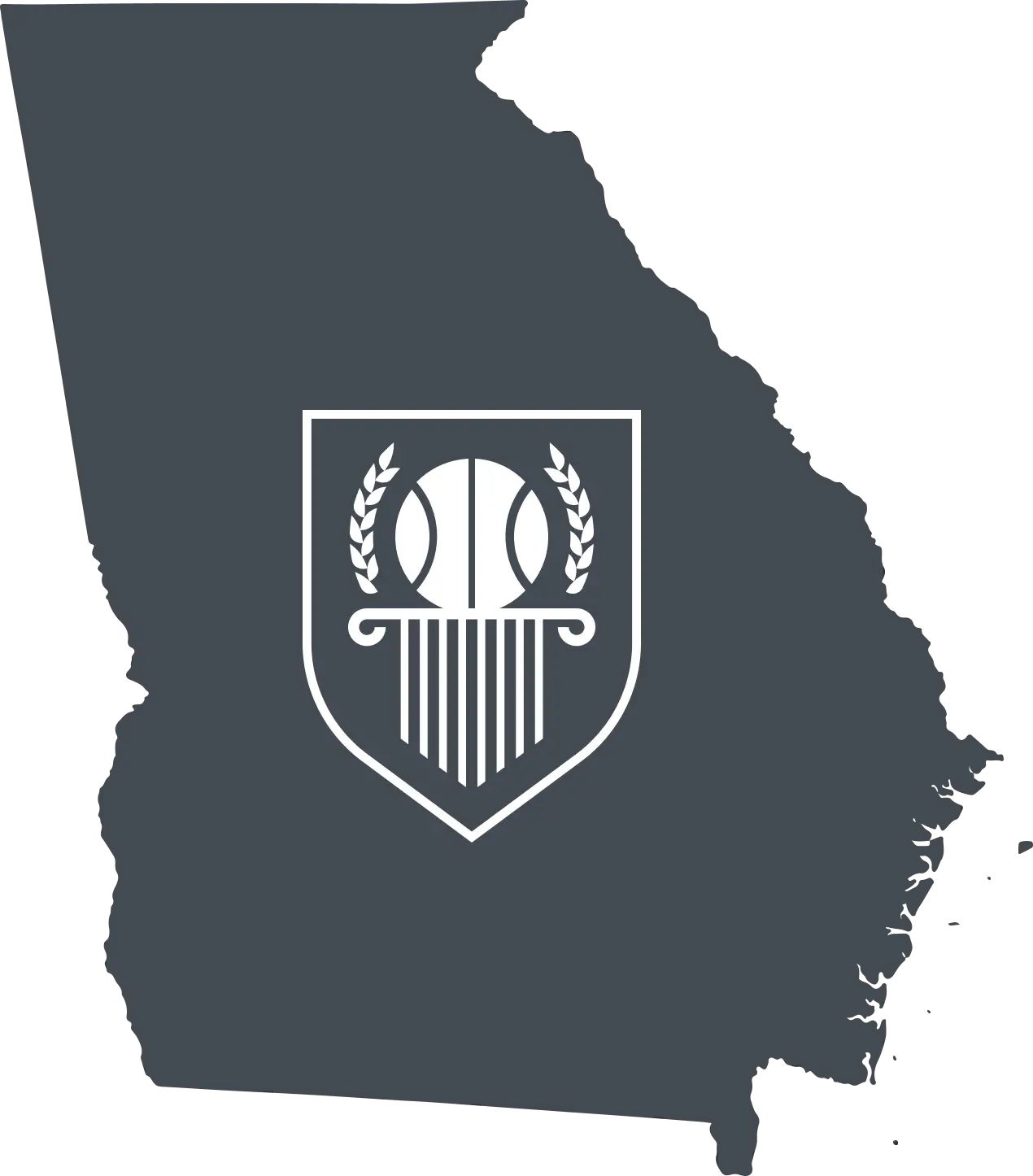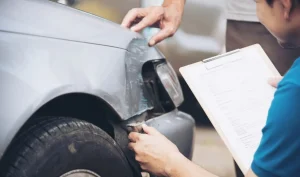
Understanding the intricacies of a police accident report can be a valuable skill, whether you’ve been involved in a car accident or are merely curious about the process. These reports are essential documents created by law enforcement officers at the scene of a traffic accident. They provide a detailed account of the incident, and knowing how to interpret them can be incredibly beneficial.
Accident Report Guide: What is a Police Accident Report / Crash Report?
A police accident report, also known as a collision report or crash report, is an official document generated by a police officer / investigating officer who responds to a traffic accident. Its primary purpose is to document the details of the accident and provide an official account of what transpired.
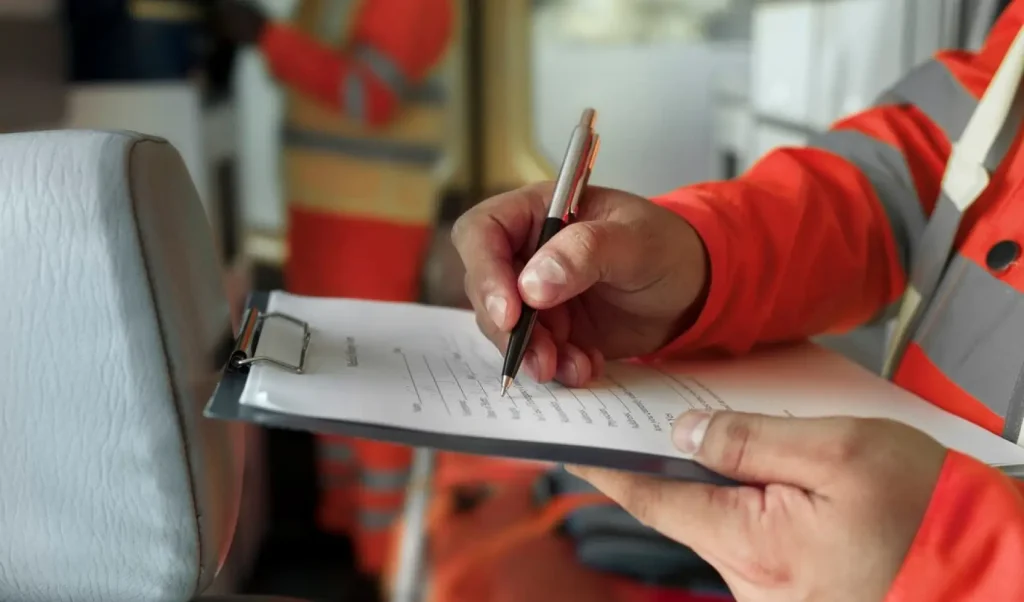
Proudly Serving Duluth and All of Georgia Contact us to start your recovery! Explore Our Practice Areas
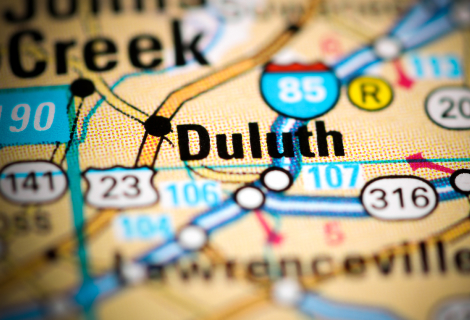
Why Are Car Accident Reports Important?
Police accident reports serve various critical functions, making them an essential part of the post-accident process. Here are some reasons why these reports are significant:
- Insurance Claims: When you’re involved in an accident, whether as the at-fault party or the victim, the police accident report plays a crucial role in processing insurance claims. It provides an unbiased account of the incident, helping insurance companies determine liability and coverage.
- Legal Proceedings: In the event of a dispute or if legal action is necessary, the report serves as a valuable piece of evidence. Attorneys and courts use it to establish facts and determine fault.
- Personal Records: Even if you don’t plan to file an insurance claim or pursue legal action, having a copy of the police accident report can be beneficial. It’s an official record of the incident that you can keep for your personal records.
Gathering the Report
To begin the process of understanding a police accident report, you first need to obtain a copy of it. Typically, you can request a copy from the law enforcement agency that responded to the accident. The process for obtaining a report may vary depending on the jurisdiction, so it’s essential to research the specific procedures in your area.
Click to contact our personal injury lawyers today

Key Information to Read in an Auto Accident Report
Once you have the report in your hands, the next step is to understand its contents from page 1 onwards. Here’s what a police accident report contains:
Date, Time, and Location
This section provides critical details about when and where the accident occurred. It establishes the temporal and geographical context of the incident.
Parties Involved
Identifying the individuals involved in the accident is crucial. This includes information about the drivers, passengers, and anyone else affected by the incident.
Witness Statements
Witness statements are accounts of the accident provided by individuals who were not directly involved but witnessed it. They may be pedestrians or anyone who witnessed the accident. These statements can provide valuable independent perspectives on what transpired.
Officer Observations
The responding officer’s observations and conclusions are documented in this section. It includes their assessment of the accident scene, any violations of traffic laws, and their initial determination of fault.
Diagrams and Photos
Visual aids, such as diagrams and photographs, can be immensely helpful in understanding the accident. These visual representations provide a clearer picture of the scene and the motor vehicles involved.
Accident Description
The report includes a narrative section that describes how the accident unfolded. It often contains information about the sequence of events, road conditions, the actions of the involved parties, and any contributing factors.
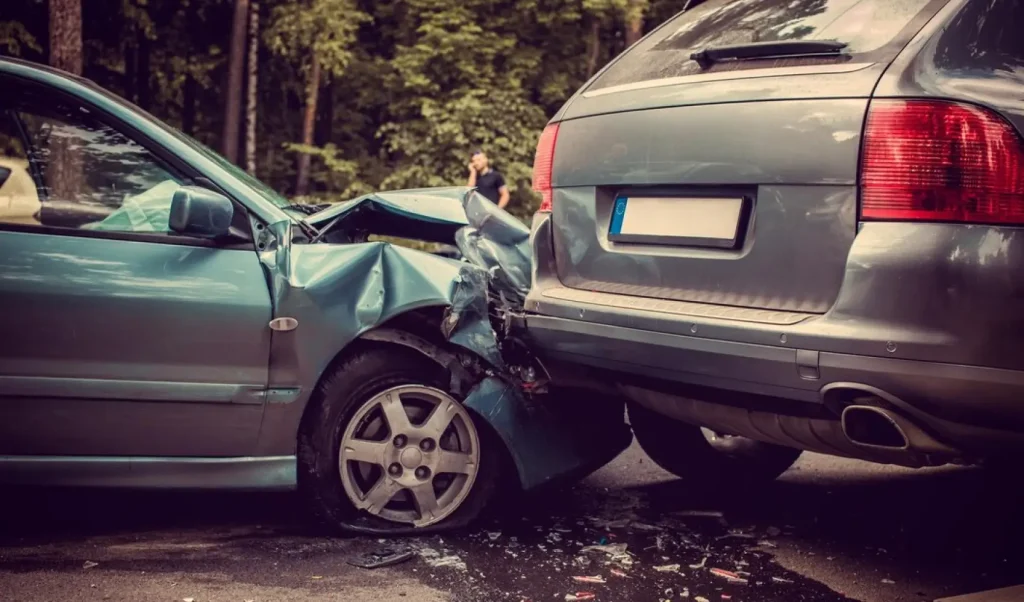
Complete a Free Case Evaluation form now
Codes and Abbreviations: What do the Codes Mean?
It’s important to note that police accident reports often use codes and abbreviations to condense information. Understanding these codes is vital for accurately interpreting the report. While the meanings of codes can vary by jurisdiction, some are common across reports nationwide.
For example, a code indicating a rear-end collision signifies that one vehicle struck another from behind. Similarly, a code indicating a distracted driver implies that the accident was caused by a driver not paying attention.
Understanding the Narrative
One of the most critical aspects of reading a police accident report is understanding the narrative section. This portion of the report provides a detailed account of the accident, often in chronological order. It may include statements from the involved parties, eyewitnesses, and the responding officer’s observations.
Reading the narrative carefully is essential to grasp the sequence of events and the circumstances leading up to the accident. It can help you reconstruct what happened and identify any potential contributing factors.
Fault Determination
In some cases, the police accident report may include the responding officer’s initial determination of fault. This determination can significantly impact insurance claims and legal proceedings. It’s crucial to review this section carefully, as it may affect your rights and responsibilities following the accident.
How to Correct Errors
If you discover inaccuracies or errors in the police accident report, you have the right to request corrections. Law enforcement agencies have procedures in place for addressing such issues. It’s essential to follow the proper channels and provide evidence to support your request for corrections.
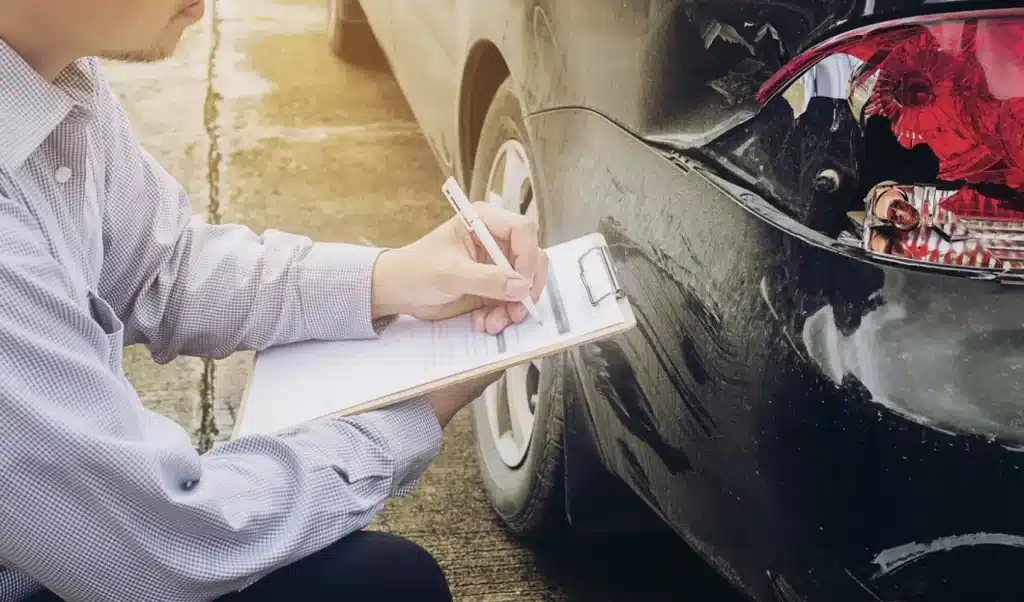
Using the Report: Contributing Factors
Understanding how to use the police accident report effectively is key to navigating the aftermath of an accident. Here are some common scenarios where the report comes into play:
Insurance Claims
When filing an insurance claim, the report serves as a crucial piece of evidence. It helps insurance companies assess liability and determine coverage.
Legal Proceedings
In the event of a legal dispute or lawsuit, the police accident report can be a powerful tool for establishing facts and determining fault. Attorneys and courts rely on this document to make informed decisions.
Personal Records
Even if you don’t anticipate needing the report for insurance or legal purposes, keeping a copy for your personal records is advisable. It provides a comprehensive account of the accident and can be helpful for reference in the future.
Tips for a Smooth Process
Navigating the complexities of dealing with a police accident report can be challenging. Here are some tips to ensure a smoother process:
- Act Promptly: Request the report as soon as possible after the accident, as there may be time limits for obtaining it.
- Review Thoroughly: Carefully review the report and seek clarification if you have any questions or concerns.
- Consult Legal Advice: If you’re unsure about the report’s implications or need assistance with legal matters, consider consulting an attorney experienced in personal injury or traffic law.
- Maintain Records: Keep copies of all correspondence related to the report, including requests for corrections and any responses from the law enforcement agency.
- Be Professional: If you need to dispute or correct information in the report, maintain a professional and respectful tone in your communications with law enforcement personnel.

How can a Lawyer Help with a Police Report in an Accident Case?
A Duluth car accident lawyer can help you understand a police accident report by analyzing the document and explaining its contents to you. They have the knowledge and experience to interpret the technical language used in the report, breaking it down into plain and understandable terms. A law firm can help you identify any mistakes or inconsistencies in the report that may affect your case. Some law firms also offer free consultation.
They can also advise you on the legal implications of the information provided in the report, such as determining who is at fault for the accident. Additionally, a lawyer can guide you on how to obtain any additional evidence or documentation that may be necessary to support your claim.
Overall, having a lawyer review and explain the police accident report ensures that you have a complete understanding of your case and can make informed decisions moving forward.
Conclusion
In conclusion, reading a police accident report may initially seem daunting, but with the insights gained from this guide, you’ll be better equipped to understand the report’s content and implications. These reports are valuable tools for navigating the aftermath of an accident, and knowing how to interpret them can make the process smoother and more manageable.
FAQs
- Is a police accident report always required for insurance claims?
No, but it’s highly recommended, as it provides crucial details that can facilitate the claims process.
- What if I disagree with the officer’s determination of fault in the report?
You have the right to dispute it through the proper channels. Consult with your insurance company or an attorney for guidance.
- How long should I keep a copy of the accident report?
It’s advisable to retain a copy indefinitely for potential future reference.
- Can I obtain a copy of the report online?
In some areas, yes, while others may require an in-person or mailed request. Check with the law enforcement agency involved.
- What should I do if there are errors or inaccuracies in the report?
Contact the law enforcement agency promptly and follow their established procedures for requesting corrections.
Call or text 404-951-3513 or complete a Free Case Evaluation form









